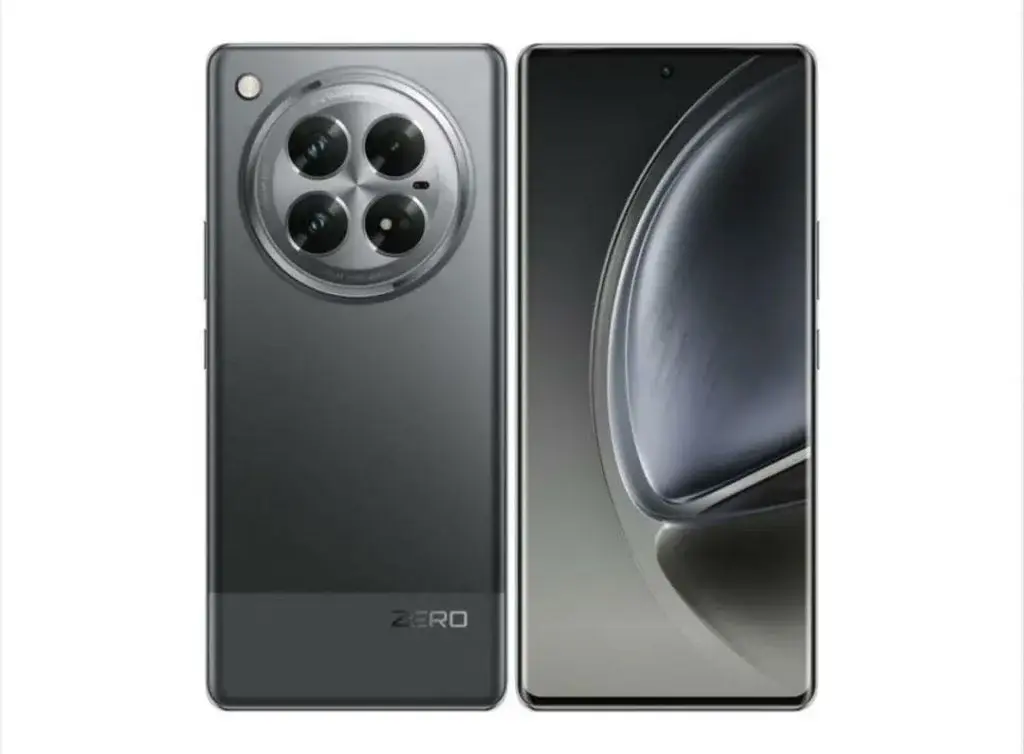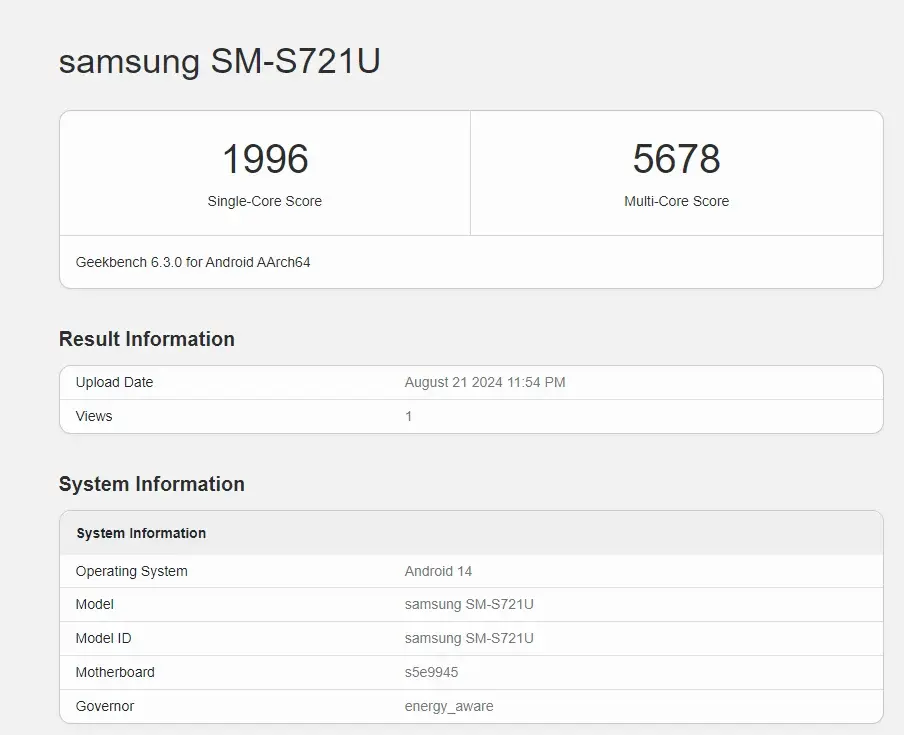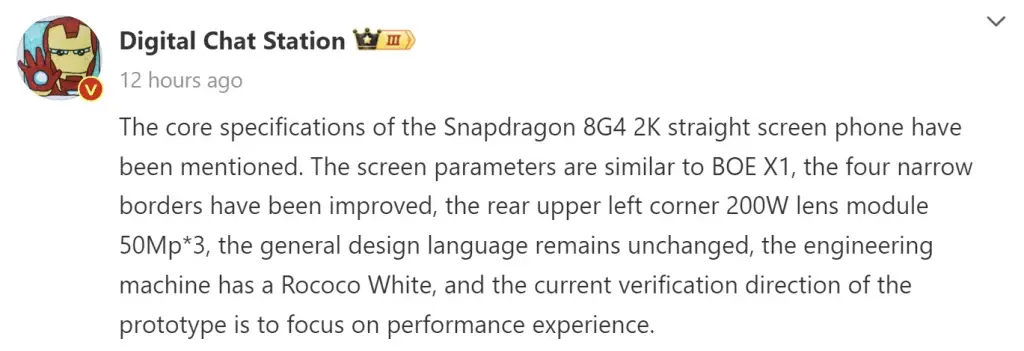Motorola has been consistently introducing new models in its G-series lineup across various regions. So far, the company has unveiled the Moto G64 5G, Moto G85 5G, and Moto G45 5G. Recent updates indicate that Motorola is also developing the Moto G35 5G, which aims to be an entry-level 5G smartphone. Additionally, there are plans to release another G-series device named the Moto G55.
Moto G55 5G Official Images Leaked
Renowned tipster Evan Blass has disclosed front-view images of the soon-to-be-released Moto G55. The noticeable thick bottom bezel suggests it’s a budget-friendly model. The right side of the phone houses a volume button and a power key. At the bottom, there is a 3.5mm headphone jack, a microphone, a USB-C port, and a speaker grille. Unfortunately, images of the phone’s rear design have not been leaked yet.
Moto G55 5G RAM, Storage, Color Options (Rumored)
According to a report from 91mobiles, the Moto G55 will be offered in a single configuration with 8 GB of RAM and 256 GB of internal storage. The color options are likely to include Grey, Green, and Purple. As of now, detailed specifications of the device remain undisclosed.
The same report mentions that the G35 will be available in configurations of 4GB+128GB, 8GB+128GB, and 8GB+256GB. Expected color variants are Red, Green, and Black. A recent report suggests it will feature the Unisoc T760 chip, 8 GB of RAM, Android 14, and a 5,000mAh battery supporting 20W charging.
Launch Timeline
The Moto G55 5G is set to succeed the Moto G54, which was launched in September 2023. This suggests that the G55 might be officially announced around the same time this year. As for the G35, it is anticipated to be launched shortly in various markets.





















